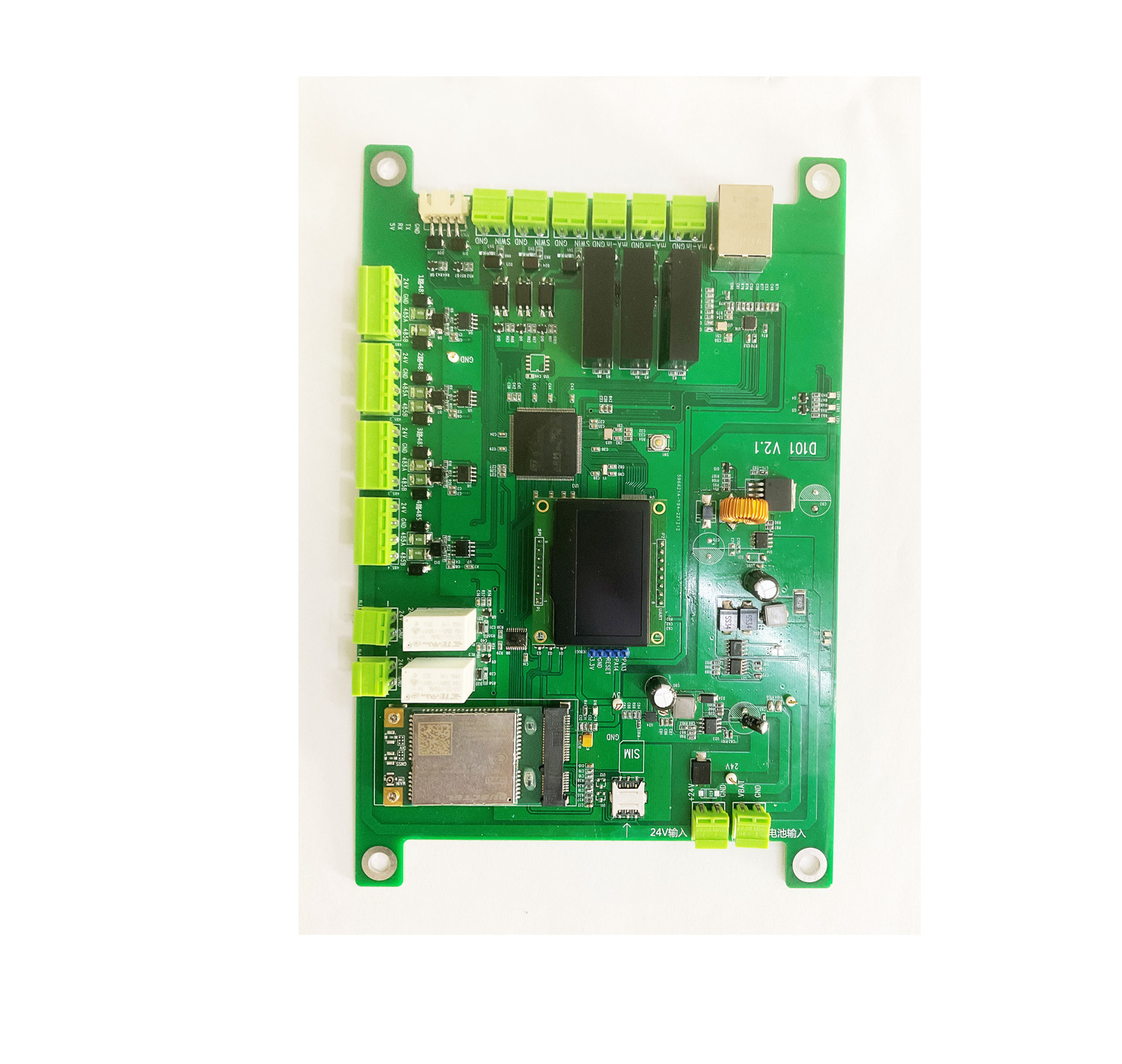The JZX811A/B ad hoc network module of Techno Core adopts LoRa spread spectrum technology, and its working frequency is integrated with 433MHZ and 490MHZ. Simply setting the channel can complete the conversion of working frequency, which greatly meets the requirements of various application environments and improves the anti-interference ability of the communication system.In addition to domestic, Wireless Module It has also emerged in the international field and gradually gained the favor of more foreign friends. https://www.hkulike.com/
Ad hoc network is a planar peer-to-peer mesh network, and each node in the network can be used as a routing node and a target node. The communication module adopts the company’s self-organizing network protocol, making full use of the redundant routing in the network, and each node has multiple backup paths besides the main path; The network has good self-healing. When the access link between a node and the center fails, the center can automatically start the path repair function of the node.
The JZX811 networking network is composed of a coordinator JZX811B(Coordinator) and several nodes JZX811A(Router), and its system structure is shown in the following figure:
Technical indicators of JZX811A/B module of Techno Core:
1. modulation mode: LoRa;
2. Working frequency: 433 MHz/490 MHz;
3. Transmitting power: 50mW (17dB);
4. Receiving sensitivity:-139 DBM;
5. Emission current: 150mA;
6. Receiving current: 15mA;
7. Dormant current: JZX811A6uA; JZX811B has no dormancy;
8. Channel rate: 200/300/600/1200/2400/4800/9600/19200 bit/s;
9. Serial port speed: 1200/2400/4800/9600/19200 bit/s;
10. Interface type: TTL, RS232, RS485;
11. Interface data format: 8E1/8N1/8O1 can be customized by users;
12. Working power supply: DC 3.3~5.5V;
13. Working temperature:-20≧ ~ 75≧;
14. Working humidity: 10% ~ 90% relative humidity, no condensation;
15. Maximum number of bytes per packet: 230 bytes;
16. Maximum routing level: level 5.